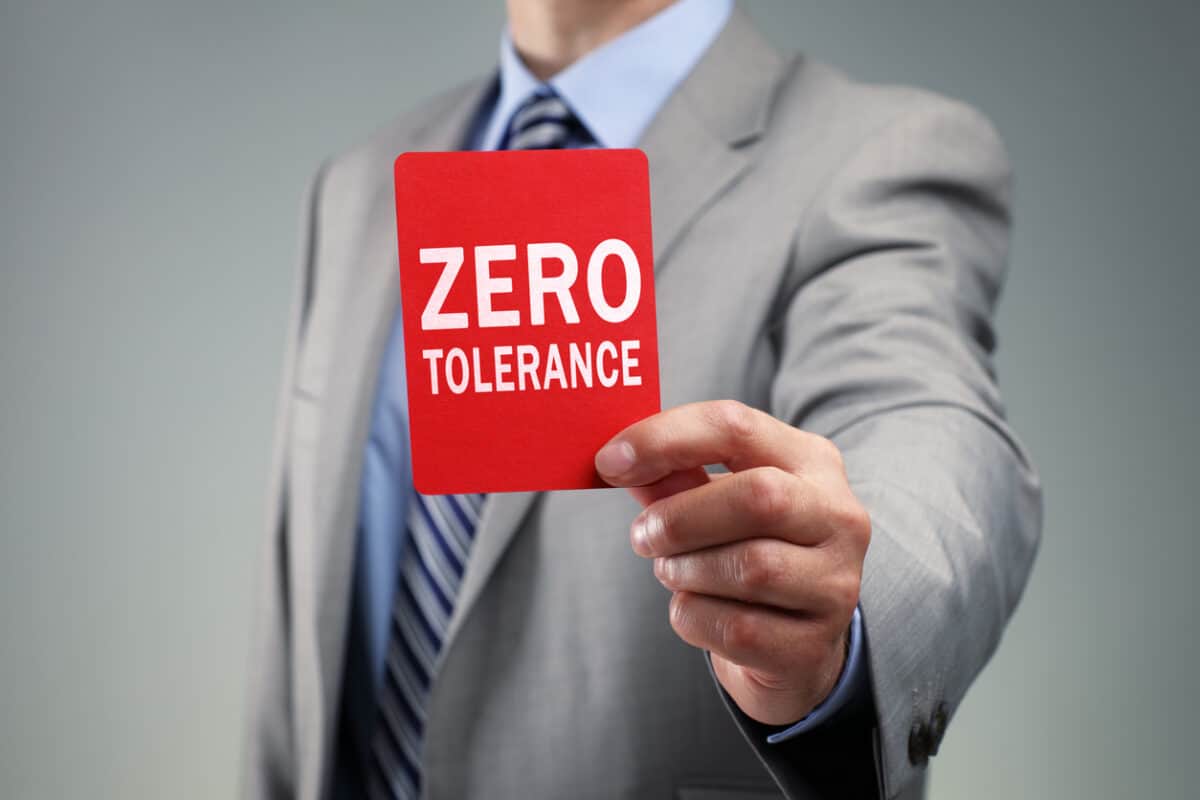The earlier Chris Smith article mentioned the earlier incidents that, given his recidivism, the control measures implemented failed or were inadequate. If these incidents had involved occupational health and safety (OHS) concepts and investigations, the latest incident may never have occurred.
OHS is big on investigations and contributory factors but usually after an incident. OHS tends to identify faults and failures after the event. However, this has become the norm because OHS and employers are less able or interested in investigating incidents with lesser consequences or what OHS call Near Misses. Chris Smith had no near misses, each of the earlier “misbehaviours’ were incidents that seem not to have been investigated to the standard or depth intended in OHS.







